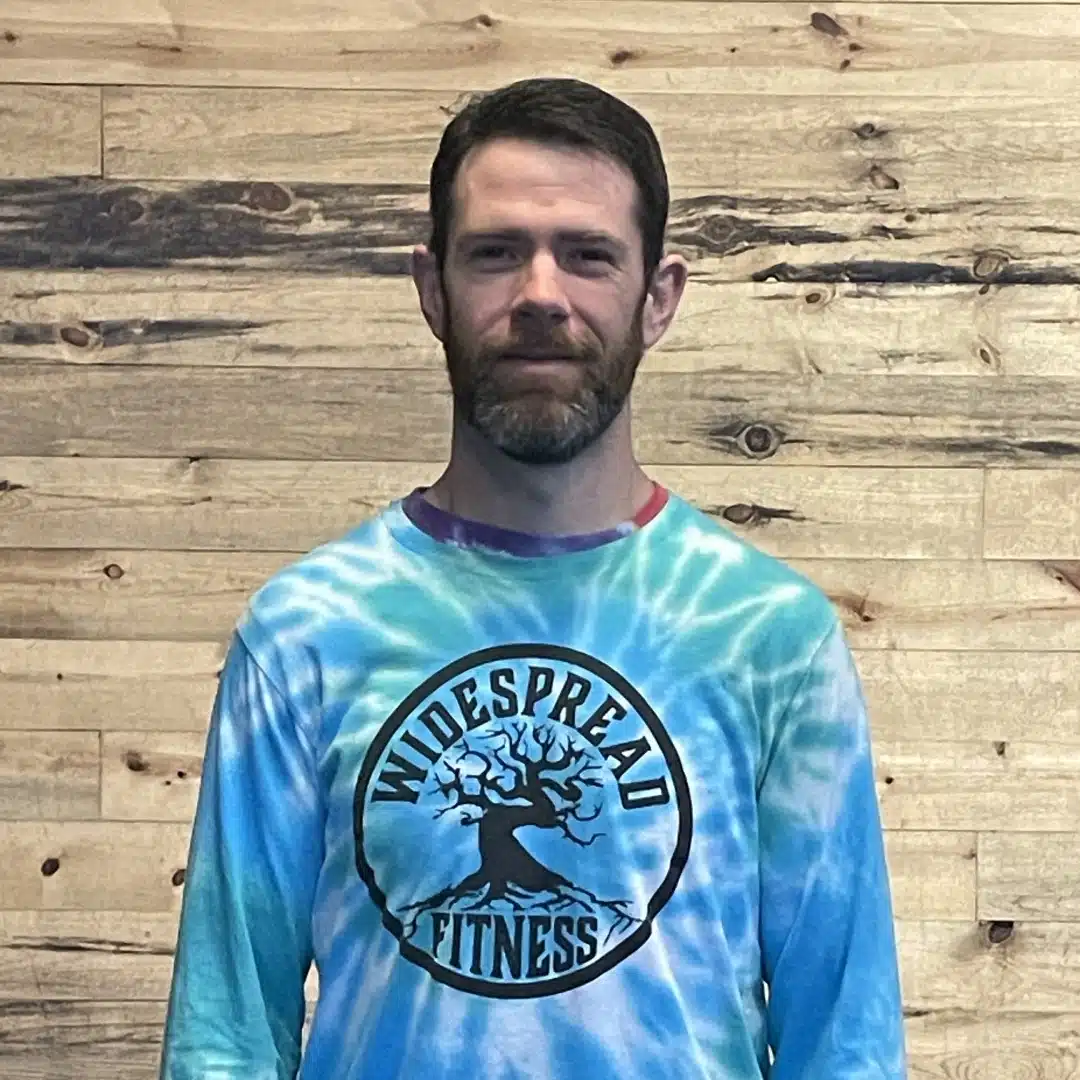We have all been there…. 3 minutes into a 15 minute workout you look up at the clock and realize that you still have a long time to go and a lot of work still to get done. You stand there with your hands on your knees trying to breathe, contemplating if you should throw in the towel. You have nothing left in the tank. You are done physically and mentally.
If you have CrossFit experience, or any sport experience for that matter, you have probably made the mistake of going out too hard or fast in a workout or game.
Most often it is your overall fitness that determines whether or not you crush a workout, but have you ever considered how much your pacing strategy comes into play? Pacing or lack of, can turn a completely doable workout into a soul crushing struggle fest, no matter how fit you are.
Knowing how to properly pace yourself comes from experience. It is not a skill you are born with, it is something you need to work at over and over again. Below are a few of the strategies I have used to find my ideal pace for individual movements and/or benchmark workouts.
Timed Run Comparison
CrossFit workouts can be extra tough to properly pace because they are usually made up of two or 3 different movements, each requiring their own pacing strategy. To make it simpler think about how you would pace yourself for a timed run the same length. For example if workout is a 15-minute AMRAP (as many reps as possible) think about what pace you would try to maintain if you were going to run for 15 minutes straight.
Find Your Limits
Sometimes you just need to throw caution to the wind and find your limits. Every once in a while sacrifice your overall workout, by picking one movement in the workout (preferably a lower skill movement like running, rowing, burpees or wallballs) and just go for it. Go harder and faster than you have done in the past (obviously only if you can do it safely). If or when you blow up, you will have a better idea on pace for next time.
Negative split
It might sound simple but shoot to complete the second half of the workout faster than the first. This means you need to go out slower than you think so you have something left in the tank later in the workout to finish stronger and faster.
-Matt Kirkendall, Owner / Head Coach










